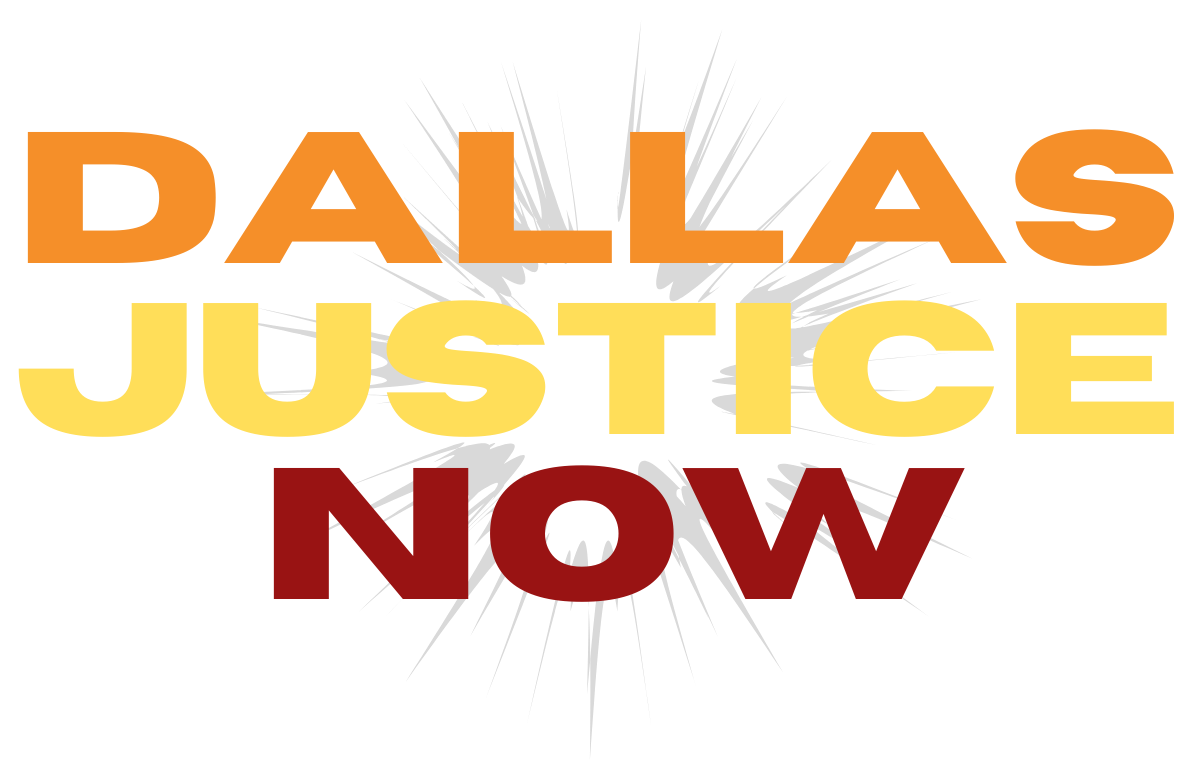Police Racism Remains Unchanged
A study from late 2020 showed that racial prejudice in police has not changed over the past 5 years.
This is why we need to
DEFUND THE POLICE!
The evidence speaks for itself:
“Over the past five years there has been no reduction in the racial disparity in fatal police shooting victims despite increased use of body cameras and closer media scrutiny, according to a new report by researchers at Yale and the University of Pennsylvania.
Using information from a national database compiled and maintained by The Washington Post, researchers found that victims identifying as Black, Indigenous, or People of Color (BIPOC), whether armed or unarmed, had significantly higher death rates compared with whites. And those numbers remained relatively unchanged from 2015 to May 2020. The report appears in the Oct. 27 edition of the Journal of Epidemiology and Public Health.
While the data are already publicly available, the researchers decided to enter it into the scientific literature and present it using methods that are accepted by science as rigorous and robust. It’s critical, said author Dowin Boatright, assistant professor of emergency medicine at Yale, that fatal police shootings of BIPOC are recognized and treated as a public health emergency.
In an analysis of 4,653 fatal shootings for which information about both race and age were available, the researchers found a small but statistically significant decline in white deaths (about 1%) but no significant change in deaths for BIPOC. There were 5,367 fatal police shootings during that five-year period, according to the Post’s database. In the case of armed victims, Native Americans were killed by police at a rate three times that of white people (77 total killed). Black people were killed at 2.6 times the rate of white people (1,265 total killed); and Hispanics were killed at nearly 1.3 times the rate of white people (889 total killed). Among unarmed victims, Black people were killed at three times the rate (218 total killed), and Hispanics at 1.45 times the rate of white people (146 total killed).
“Those killed by police on average are young people — the average age for all victims is 34,” Boatright said. “For Black people, the average age is 30.” For Hispanics killed, the average age is 33; for Native Americans, 31; and for white people, 38.
The report quantified the impact on BIPOC in terms of years of life lost — a way of measuring premature deaths that gives greater weight to death at a younger age — and found an average 31,960 years of life lost annually in the U.S. due to police shootings. These numbers are on par with other common causes of death. They represent about 83% of lives lost due to cyclist road injuries, 78% of deaths to unintentional firearm injuries, and 57% of maternal death cases related to pregnancy.
The health impacts of these deaths extend beyond the victims to their surrounding communities, Boatright said. “In areas where there are police killings, the Black population reports worse mental health,” he said. A 2018 study from the University of Pennsylvania found that police killings could contribute 1.7 additional poor mental health days per Black person every year, or 55 million more poor mental health days for Black Americans annually.
The Washington Post’s repository on police shootings draws its data from local news reports, independent databases, and its own reporting. It won a Pulitzer Prize for National Reporting in 2016. It includes race, age, sex, and information about weapons involved. For the study, the researchers discounted certain objects as weapons, despite their inclusion as such on police reports, including an air conditioner, a chair, wasp spray, and a pen, because of the low likelihood these objects would be immediately lethal.
“We were intentional about naming what we considered to be weapons and things that shouldn’t cause bodily harm,” said Emmanuella Asabor, an M.D./Ph.D. student in epidemiology and co-author of the study. “Black people are disproportionately killed by police even when they are unarmed.”
The researchers noted that health professionals are at the frontlines of this public health emergency — in the emergency rooms, treating victims, and consoling families. These health professionals, Asabor said, have “a moral obligation to add to this conversation.”
She added, “Our training and our visibility give us the ear of the people. We have to advocate for doing no harm in a data-driven way when it comes to inequity in police violence.”
Ultimately, the researchers said, their findings indicate that systemic changes are needed. Elle Lett, the report’s first author from the University of Pennsylvania, said: “What has been done at the local level — such as body cameras and independent investigations — has been insufficient. We need to raise it to the state and national level, and to codify it into law.”
https://news.yale.edu/2020/10/27/racial-disparity-police-shootings-unchanged-over-5-years
